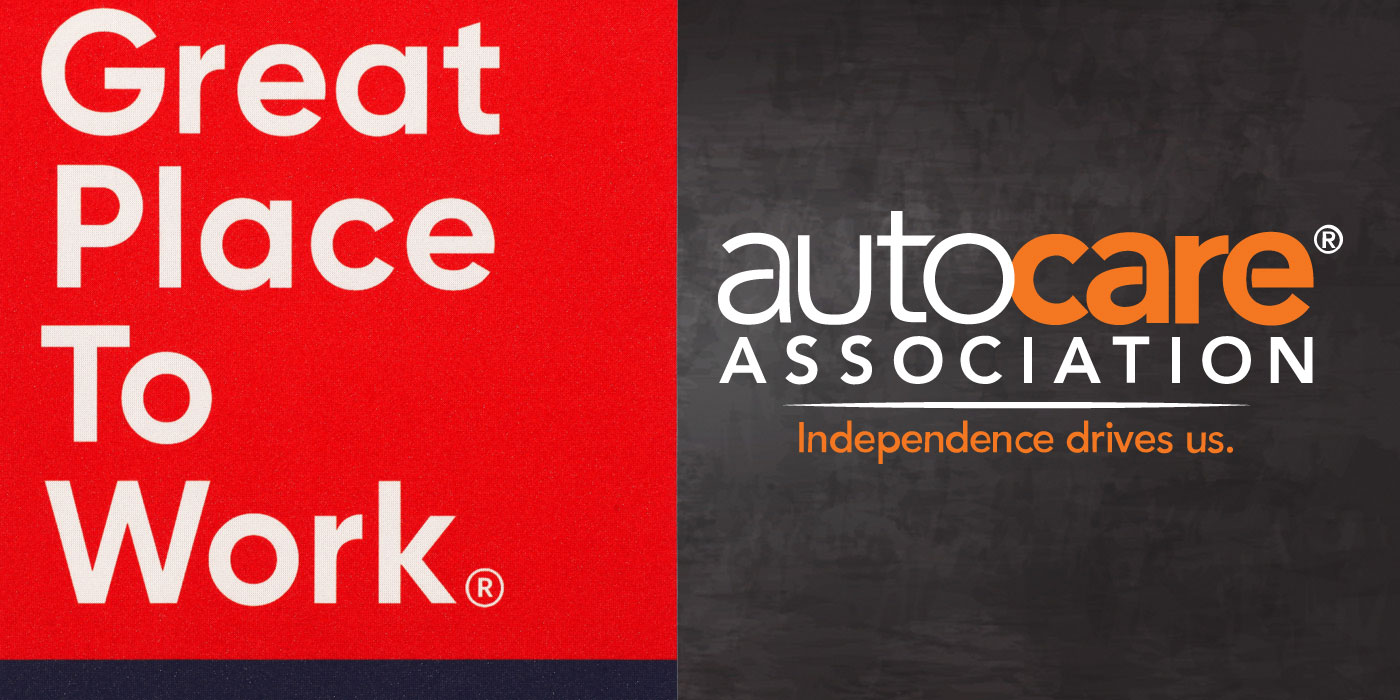Many, many years ago, when my parents were still responsible for feeding me, we would occasionally have the good fortune of eating out. Luckily, I was taught from a young age to pay attention to what was going on around me. I remember the last thing the cashier would say to me: "Thank you. Come back and see us soon." How sweet. Today it’s "Would you like fries with that?," followed by the price and then a curt, "next!"
Priorities change, don’t they? I’m a little jaded because I’m the one paying the bill now. Jaded or not, to me, a burger is a burger. Where I buy one is purely dependent on one factor: Who will make me the happiest when I arrive? The price difference from one restaurant to another is negligible and most places are clean, so those factors are pretty even across the board.
How about parts stores? Has anybody been paying attention to their service? I’m sure there’s more at stake there than a $3 burger. Customer churn happens to every business, no matter how good the organization is. An organization’s ability to manage customer retention isn’t just for survival’s sake; it also affects profitability.
WHY DOES CUSTOMER CHURN HAPPEN?
Customer churn occurs when the quality of the customer’s experience falls below a certain threshold relative to the competition (by comparison) or to the customer’s own expectations (through frustration). Measuring customer satisfaction and analyzing the "customer experience," is useful in determining what the customer’s perception is regarding your organization. It’s said that word-of-mouth has about twice the influence on consumer spending than advertising does. When customer churn does occur, approximately two thirds of customers who leave do so because of supplier indifference or poor attitude. Yet only 3 percent actually will complain about it.
What are the effects? According to the U.S. Department of Consumer Affairs, it costs five times more to gain a new customer than to retain an existing one. Considering the typical marketing and advertising efforts involved in obtaining a new customer, an increase in customer retention of just 5 percent can raise profitability by as much as 25 percent. Also, the longer a company keeps a customer, the more money it will make over time. If a new customer decides to give you a try, he won’t start buying solely from you. He will still use other suppliers while testing the waters with you. However, over time, with successive years of good business experiences, the customer will slowly purchase more from you and may, in fact, regard you as his primary supplier.
HOW DO YOU MEASURE CUSTOMER SATISFACTION?
The answer depends on you. You must have your business objectives firmly in mind. Measuring customer satisfaction starts with defining metrics that support your business objectives. You may choose to examine the time it takes to answer the phone, hold/wait times, abandon rates, handling time, etc. Similar criteria may be applied to product deliveries and employee effectiveness regarding customer relations. You can only begin to measure customer satisfaction when you’ve determined which market you’re trying to satisfy. If you primarily service the wholesale market, your metrics will differ slightly from those of the retail market. Once you have established and defined your metrics, you can start looking for answers to your questions.
A good (and inexpensive) way to start is with data you already have. Start by checking product backorders and return status. Lengthy backorders and high return rates may be indicative of a perception in customers’ minds of poor customer service. Following this, you can ask your employees to utilize customer surveys and ask your technician customers at training seminars for informal feedback. When you start asking questions, find out what your customer’s requirements and expectations are. The information must be specific. Accurate, reliable and actionable data is imperative. For instance, when asking about products, ask the customer to define which features they prefer, the quality they’re after, cost targets, etc.
Concerning your organization, are the employees friendly, courteous, accessible, caring, competent and professional? Is the store organized, clean and well stocked? Does the customer feel that you are honest, reliable, innovative and trustworthy? And most importantly, does the customer feel respected and appreciated? If you find that the answers you get are quite different from what you expected, some reassessment is in order, either with your policies or your business objectives. Remember to include a rating system in your questionnaires and surveys that allow your customers to grade your efforts. By assigning a grading system, such as one to five (one being worst) you can quantify results.
HOW TO ANALYZE THE "CUSTOMER EXPERIENCE"
You can purchase a software program made for just this purpose. In recent years, customer retention management software and survey analysis software has become increasingly popular and inexpensive. Many software companies offer these products for less than $500 and provide many options and tips for creating customized surveys and questionnaires. Or you can create your own using a spreadsheet. Using a spreadsheet allows you to analyze the data, view the summary in graphical form and track month-to-month progress with just a glance.
The summarized information can be posted on the employee bulletin board and printed in your company newsletter. Communicating survey results and resulting actions is a wise idea considering you probably want to continue receiving feedback from your customers in the future. Your customers are much more likely to continue providing feedback if they feel they are getting the proper attention.







